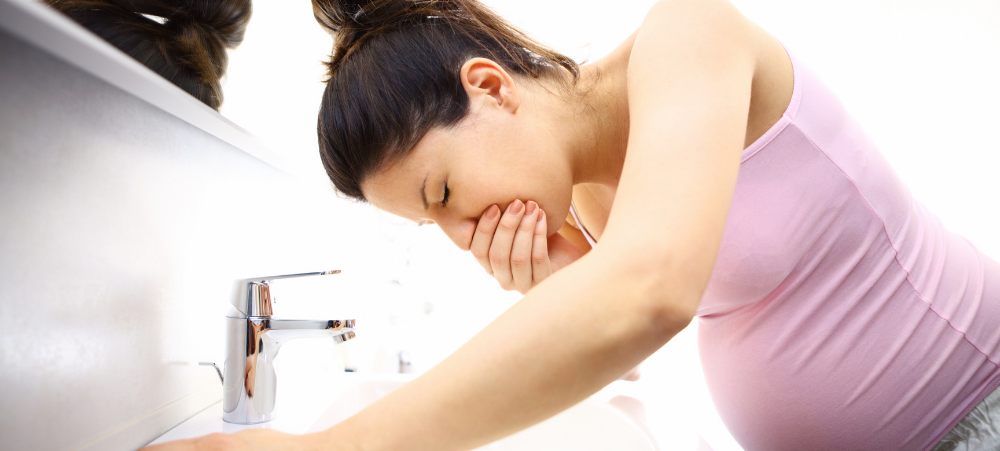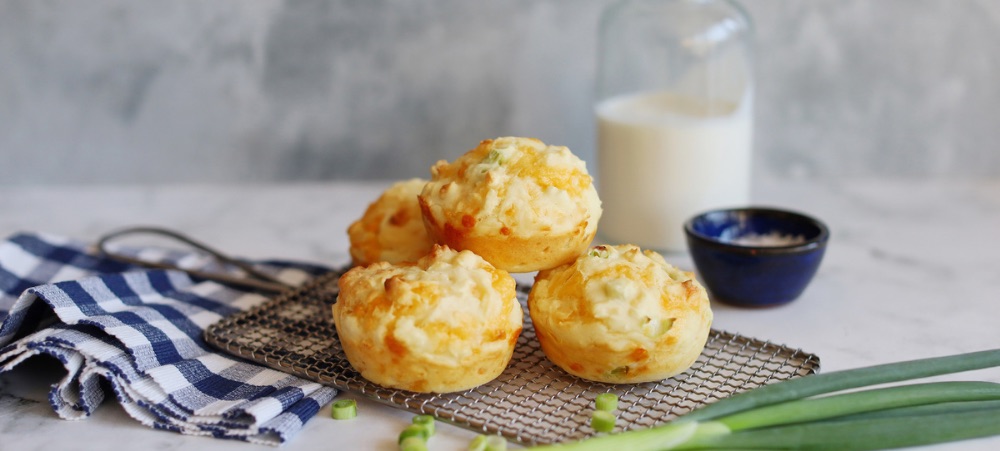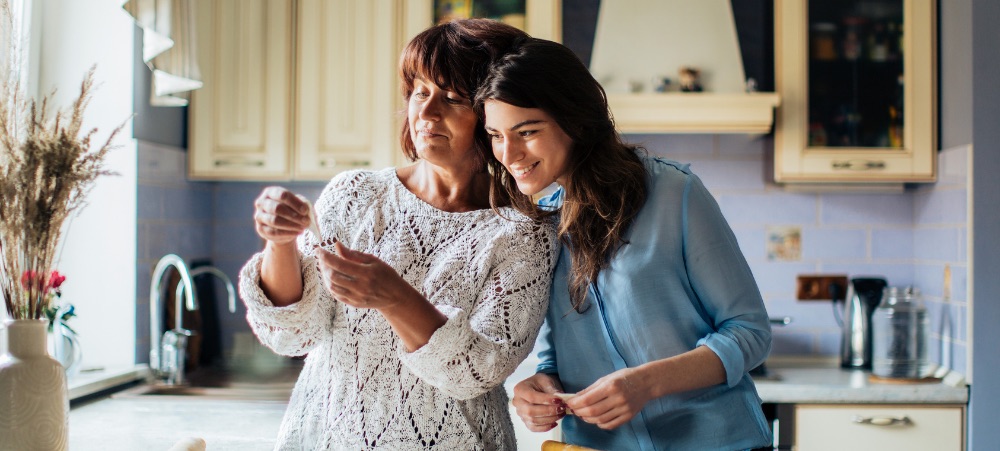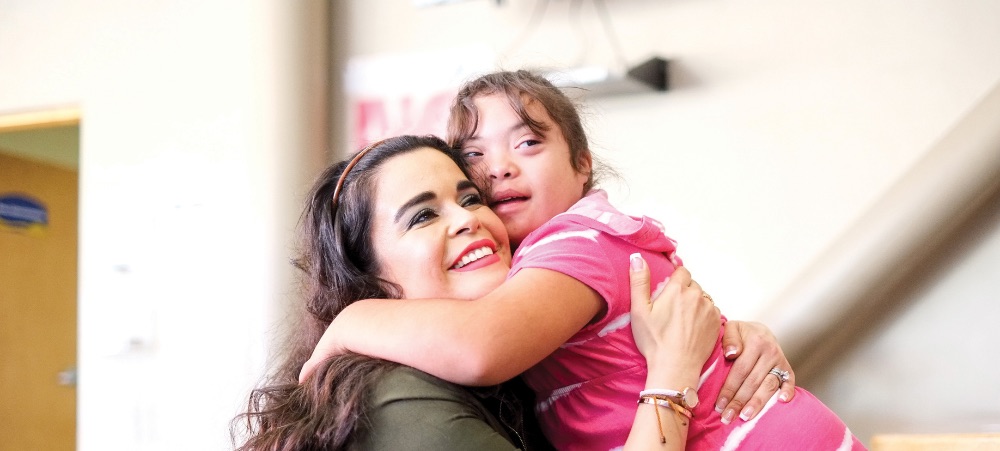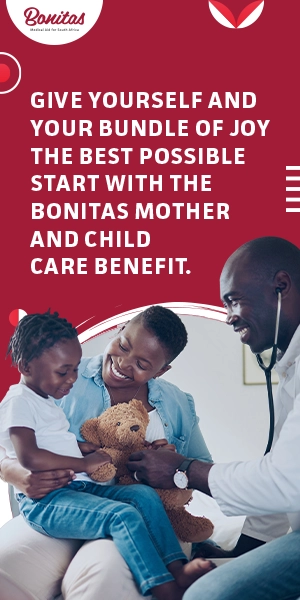
A partnership to bring help to those who need it most
When you’re looking for positive, purposeful, swift action in a time of crisis there’s one organisation you know you can rely on. The Gift of the Givers Foundation is always ready to step in when needed, getting on with the job at hand with the minimum of fuss but with maximum results. ‘The Gift of the Givers needs no introduction,’ says Lee Callakoppen, Principal Officer of Bonitas Medical Fund. ‘The organisation continues to go beyond the call of duty to bring humanitarian aid where needed. It has built its reputation on the principles we, as a corporate citizen, also value: Respect, care, professionalism and dedication. Their swift and problem solving response in the face of any disaster – be it a pandemic, fire, flood, earthquake, tsunami or war – is to be highly commended. And we are proud to announce that Bonitas will be partnering with them for the year ahead.’ For 30 years this extraordinary, non-governmental disaster response organisation has been responding to global challenges, in an effort to bring hope, life and restore dignity to the most vulnerable of people. Gift of the Givers primary focus is disaster response but other key areas of assistance include hunger alleviation, water provision, healthcare, education and social upliftment. Headed up by medical doctor, turned humanitarian, Dr Imtiaz Sooliman, Gift of the Givers has repaired and restocked hospitals, run clinics, sunk boreholes, dug wells, provided food and shelter to millions … and so much more. And, more recently, during the Covid-19 pandemic, KZN riots and water shortages in the Eastern Cape, the NGO brought relief to those who needed it most. ‘Our association with Gift of the Givers goes back a few years when we supported various projects on an ad hoc basis. However, recently we reassessed and realigned our CSI strategy to be in sync with our mantra: ‘A Medical Aid for South Africa’,’ says Callakoppen. ’This means us investing in the social upliftment of South Africans. And who better to partner with than this leading philanthropic organisation. The Bonitas values align with that of the Gift of the Givers and we look forward to working with them to provide relief to the most vulnerable and marginalised communities, specifically in the field of healthcare interventions.’ ‘We joined Bonitas as our medical scheme in 2019,’ says Dr Sooliman. ‘We worked with our financial advisors to find the most appropriate scheme and plan for our staff and have been impressed with their service, professionalism and how the member always comes first. As a paypoint for the Fund, we interact with the team regularly and, through these interactions, have realised there is synergy in our ethos. This led to us working alongside them on selected projects but we are thrilled they are formalising a partnership with us.’ Sooliman says the private sector plays a vital role in helping the organisation fulfil its humanitarian vision. ‘By working in partnership with like-minded and committed corporate partners, we have the ability to make a real difference in the lives of some of the most vulnerable people across South Africa, throughout Africa and the world.’ ‘We have handed over an initial R500 000k that will be used for healthcare related disasters,’ says Callakoppen, ‘However, additional funding has been set aside for specific healthcare related projects, such as hospital revamps, that are close to the hearts of both the Fund and Gift of the Givers.’ ‘I have been fortunate to meet Dr Sooliman on a few occasions and he has engaged with our Bonitas Board,’ says Callakoppen. ’It was humbling to learn more about the healthcare interventions they have put in place, the impact these have had and also just how much they can achieve in a day. He is passionate about the work they do and has a solid belief in the common humanity that unites us. This resonates throughout the organisation, leading with integrity and honesty. We look forward to the lessons we will learn while working alongside them on future projects.’






